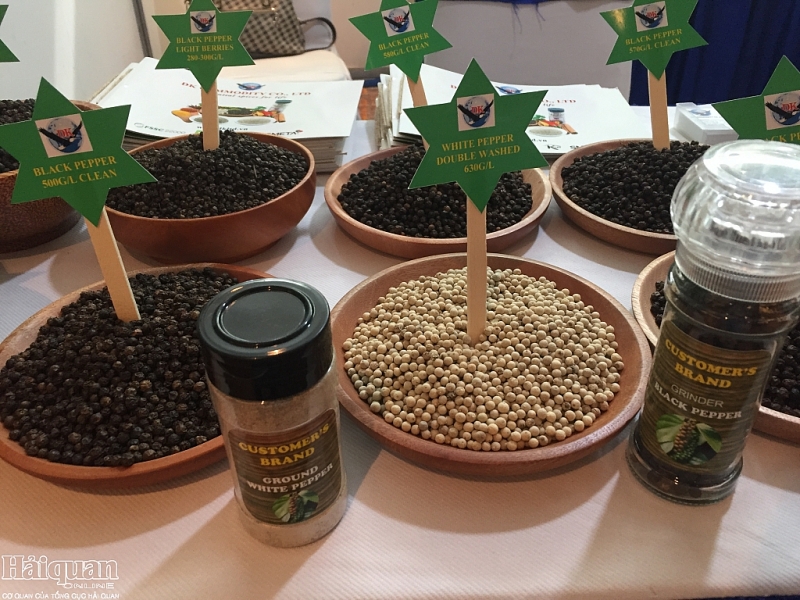 |
| Vietnam is promoting the development of organic pepper products. Photo: NH |
From March 3-5, 2025, the Vietnam Pepper and Spice International Conference - VIPO 2025 will take place in Ho Chi Minh City. The program is organized by the Vietnam Pepper and Spice Association (VPSA). The conference is attended by more than 300 leading businesses in the industry from around the world .
Speaking at the conference, Mr. Nguyen Quy Duong, Deputy Director of the Plant Protection Department - Ministry of Agriculture and Environment , emphasized that Vietnam is one of the world's leading countries in pepper production and export, accounting for about 35% of total global output and nearly 55% of total export turnover. In 2024, pepper export turnover will reach nearly 1.32 billion USD.
What is special is that although the pepper growing area is much smaller than other major crops such as coffee, rubber, tea and cashew, the economic value that the pepper industry brings is very high.
For example, the pepper growing area is only about 15% of the coffee growing area, 12% of the rubber growing area, but the export turnover accounts for about 23% of the coffee export value (about 5.6 billion USD), about 38% of the rubber export value (about 3.4 billion USD). This shows the great potential of the pepper industry if we exploit it properly.
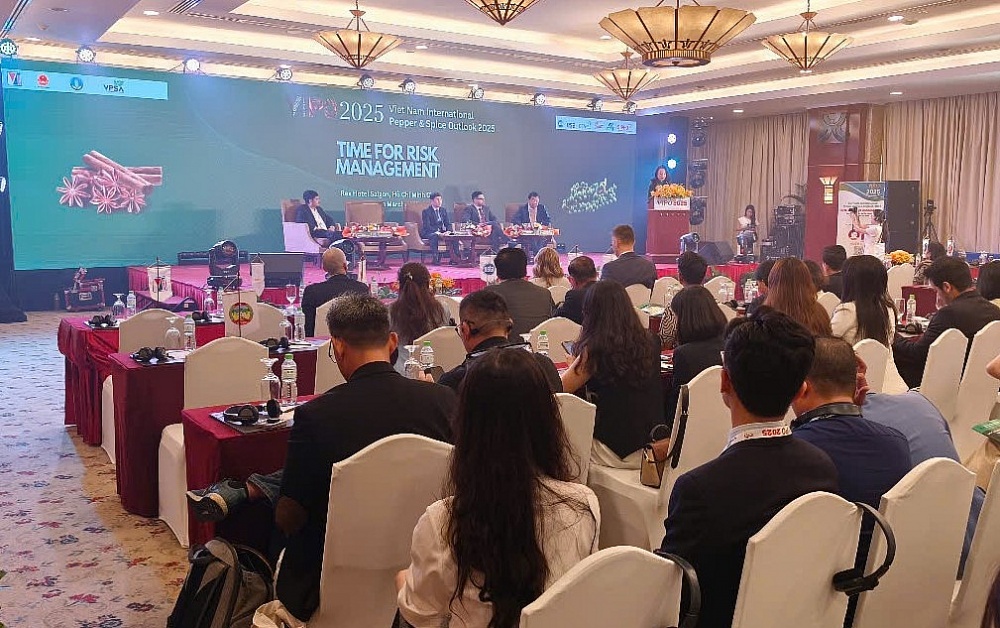 |
| Conference overview. |
In addition to pepper, Vietnam is also a country that produces and exports many other spices such as cinnamon trees of nearly 200 thousand hectares, accounting for nearly 20% of the world's cinnamon area, star anise trees of about 55 thousand hectares, ranking second in the world after China, ginger, turmeric and lemongrass... These spices not only serve domestic needs but are also exported to many markets around the world.
Cinnamon and star anise export turnover in 2023 reached about 400 million USD, showing that there is still a lot of great potential for the Vietnamese spice industry to continue to develop, especially in the context of global demand for natural and organic spices is increasing strongly, opening up many opportunities for Vietnamese businesses to develop in a sustainable direction with the ability to create higher domestic added value.
In addition, according to experts, 2024 is an extremely successful year for pepper and spices in Vietnam as well as the world. The potential of pepper and spices in 2025 and the following years is still very large.
In the US retail market alone, the volume has increased from 5 billion USD before the Covid-19 pandemic to 7 billion USD in the past year, and is expected to continue to increase in the coming years due to the home cooking habits of Americans. In this country, Asian and Mexican dishes are thriving and becoming new culinary trends, contributing to the continued growth of the spice market.
However, Vietnam is also facing many challenges, from climate change to pepper and spice cultivation, pressure from pests on pepper with complicated developments, to increasingly strict requirements of the international market as well as increasing prices of input materials and international transportation...
Ms. Hoang Thi Lien, President of VPSA, shared that 2024 was a successful year for farmers not only in Vietnam but also around the world, when pepper prices increased by more than 100% compared to the lowest point. In Vietnam, black pepper returned to the billion-dollar export club after a decade. The sudden increase in prices in a short period of time was a surprise and a challenge for the entire industry. A new problem, called speculation, has returned and spread across all segments, while regulatory and food safety challenges are becoming more difficult.
To ensure sustainable development of the pepper and spice industry, the Ministry of Agriculture and Environment has developed and approved the Project on developing key industrial crops, including the orientation for pepper development by 2030, with an adjusted area of about 80,000 - 100,000 hectares, a yield of 24 - 25 quintals/ha, and an output of about 200,000 - 300,000 tons. By 2030, it is expected that about 40% of pepper growing areas will meet GAP standards and equivalent; about 40 - 50% of pepper growing areas will be granted growing area codes with product traceability; developing pepper growing areas according to organic standards and other standards such as VietGAP, GlobalGAP in key production areas such as Dak Nong, Dak Lak, Binh Phuoc, Gia Lai, Dong Nai, Ba Ria - Vung Tau, etc.
Source: https://haiquanonline.com.vn/ho-tieu-va-gia-vi-tiem-nang-lon-trong-nam-2025-va-tuong-lai-193803.html


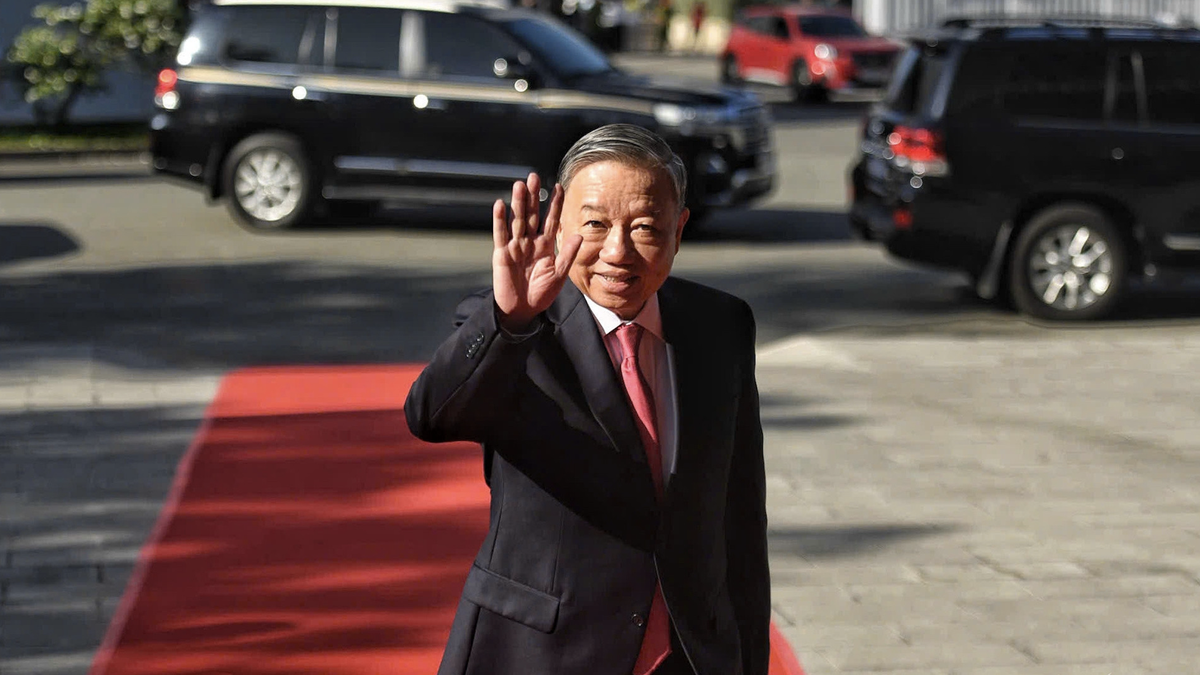
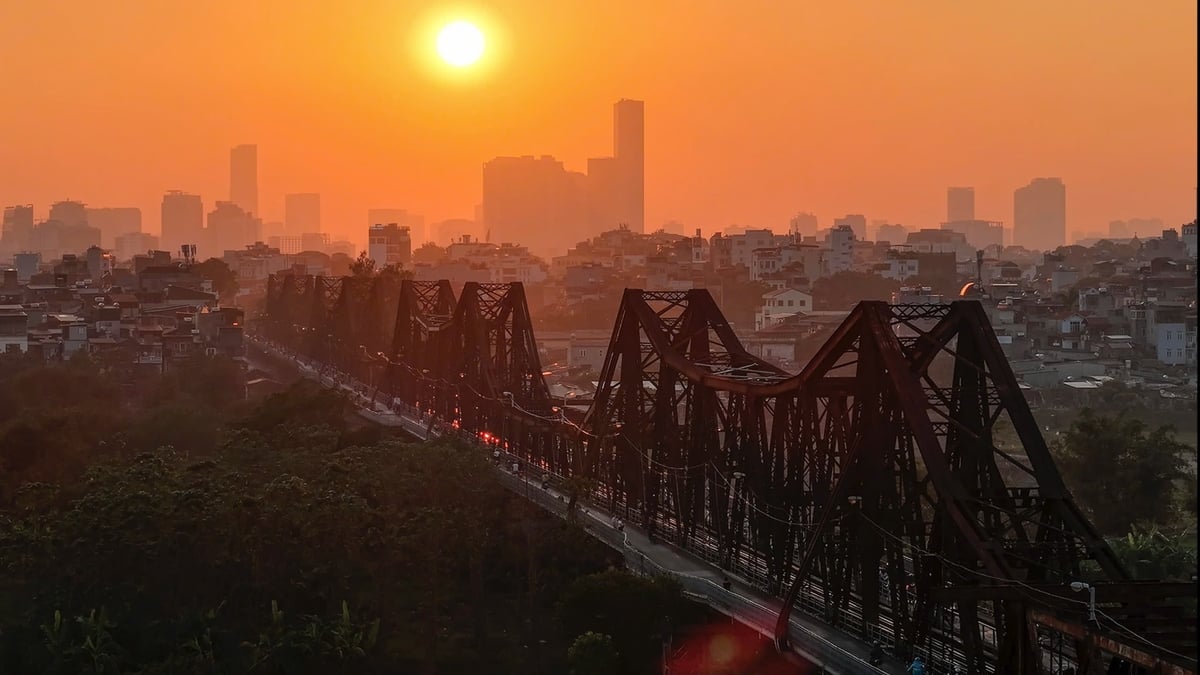
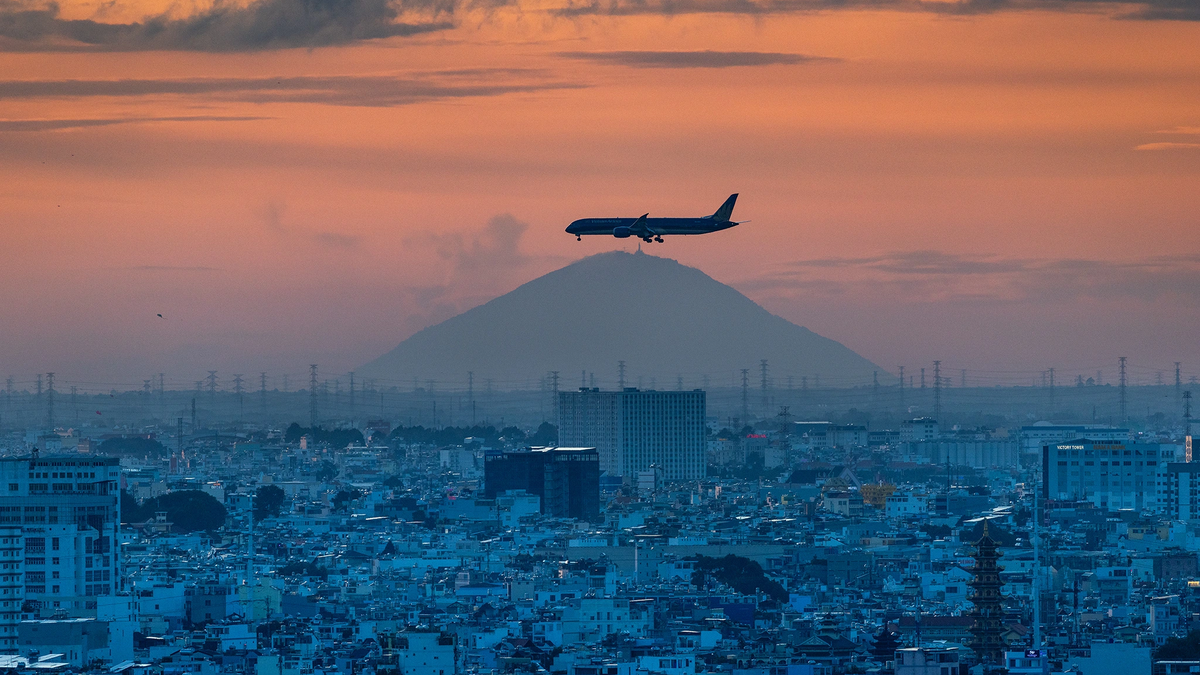
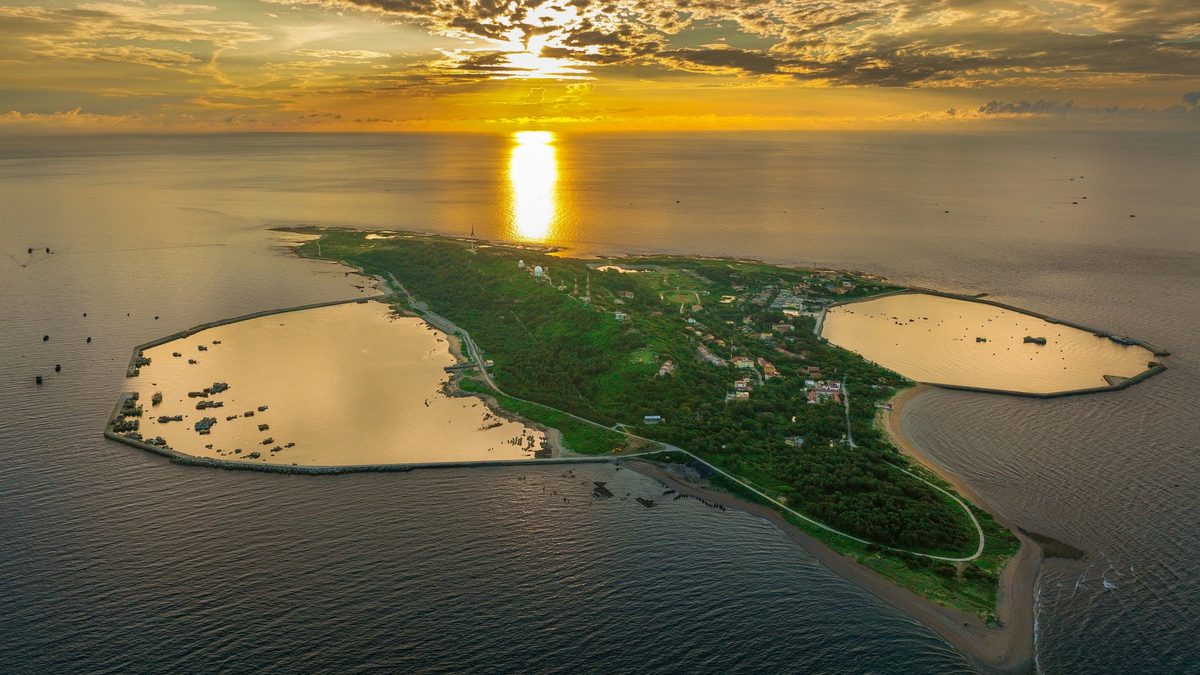




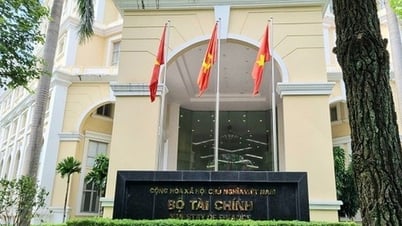


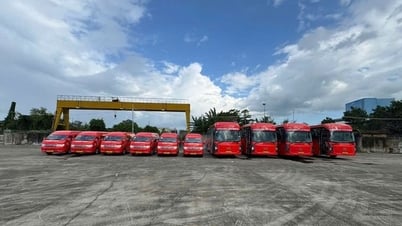








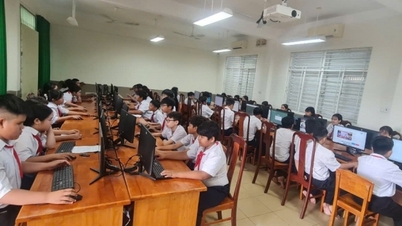
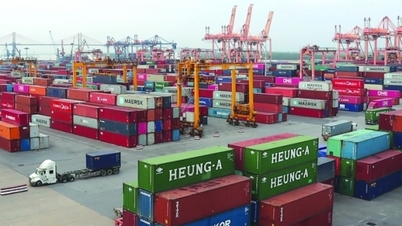
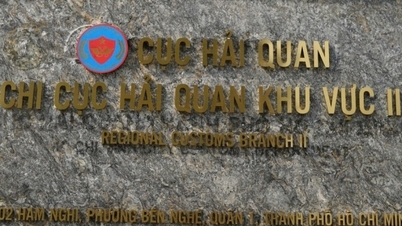
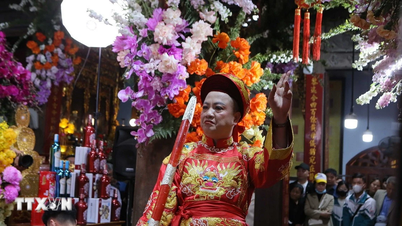

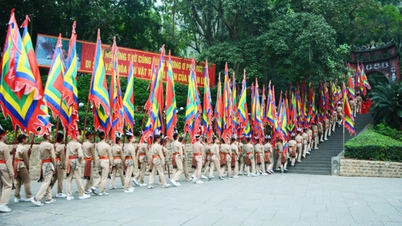





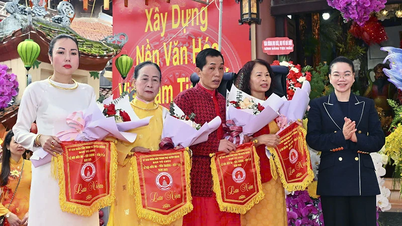




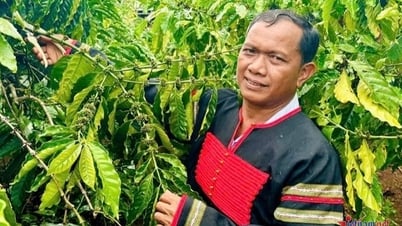

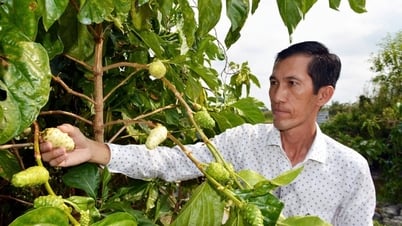





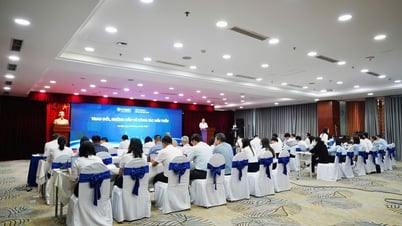




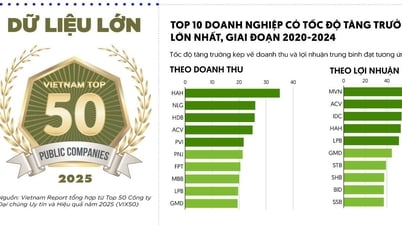



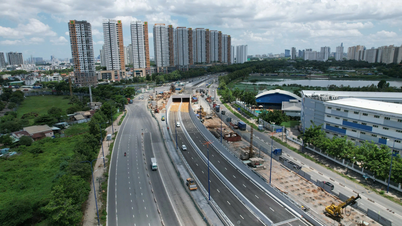
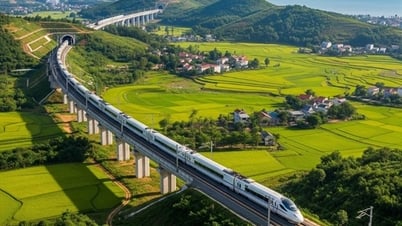
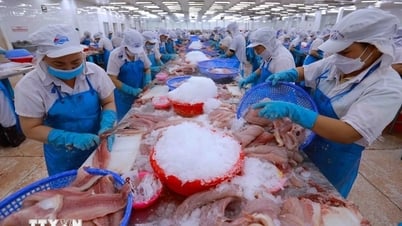




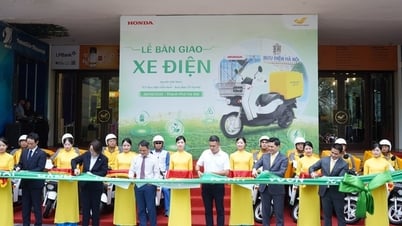














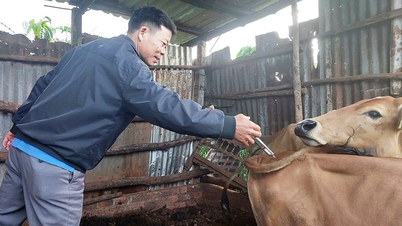



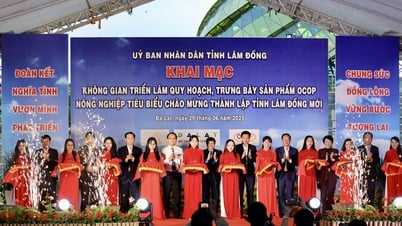


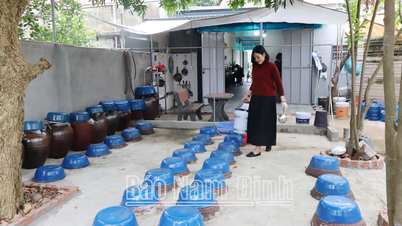

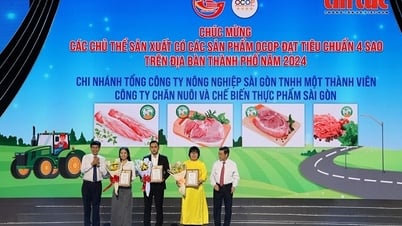

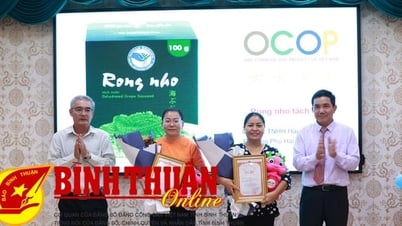





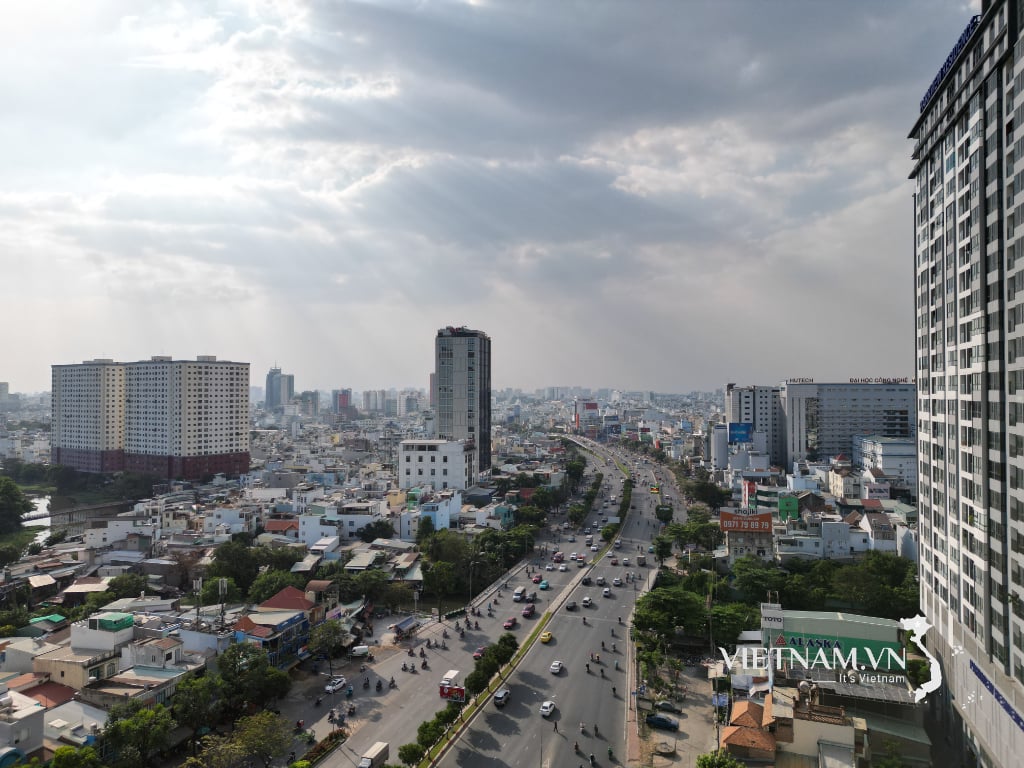
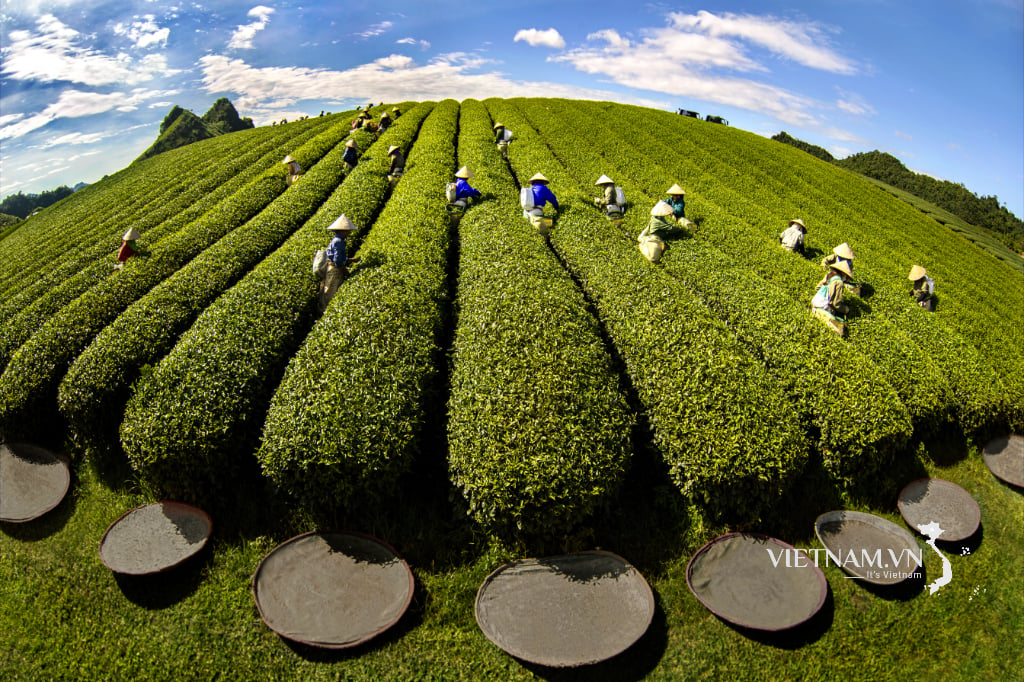
Comment (0)